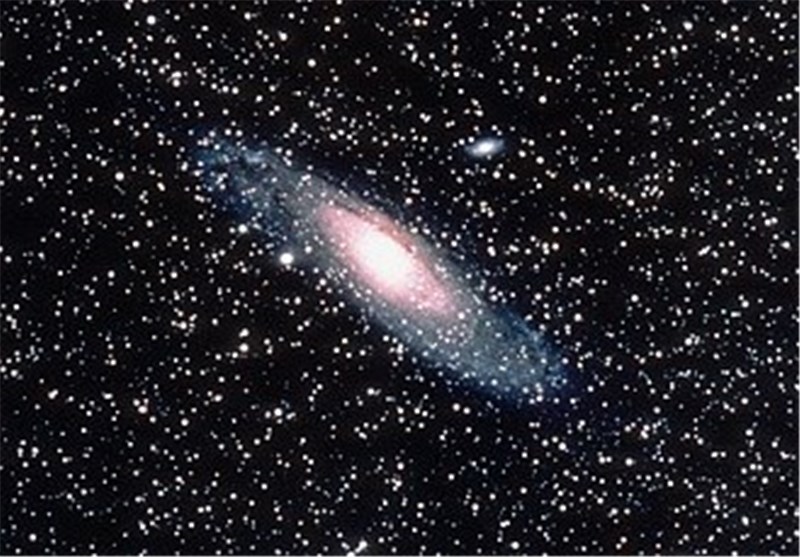First Direct Observation of Cosmic Dark Matter ‘Web Described’
TEHRAN (Tasnim) – Quasar illuminates cosmic web filament fragment, largest hydrogen nebula yet discovered, astronomers say. Standard cosmological model of structure formation hypothesizes that galaxies are situated in a vast cosmic web of matter, of which approximately 84% is dark matter.
Computer simulations designed to depict the evolution of structures in the universe have indicated the distribution of dark matter across the universe, including the halos in which galaxies are born and the web of dark matter filaments that connect them and pervade the cosmos.
Now, those filaments have been observed for the first time, Authint Mail reported
A team led by Sebastiano Cantalupo of the University of California at Santa Cruz used the Keck 1 Telescope at the W. M. Keck Observatory in Hawaii to detect an immense nebula stretching across 2 million light-years, twice as large as the largest nebula ever documented before.
According a UC Santa Cruz press release, this diffuse gas cloud envelopes a bright quasar, UM287, which in turn illuminates the nebula. The quasar is a staggering 10 billion light-years from Earth.
A quasar is galactic nucleus that emits potent radiation driven by a supermassive black hole at its heart. Cantalupo and colleagues have previously discovered “dark galaxies”, which are either too small or too young to have generated stars.

Dark galaxies are much denser and smaller components of the cosmic web than the vast nebula around UM287.
According to prior computer models, gravity makes normal matter follow the distribution of dark matter. Therefore, filaments of diffuse, ionized gas, such as those in the nebula around UM287, should describe a pattern similar to those derived from the dark matter simulations.
In the case of UM287, the radiation from the quasar has lit up hydrogen gas in the nebula, revealing the structure of a filament of the cosmic web.
The hydrogen in the nebula emits ultraviolet light called Lyman alpha radiation. The expansion of the universe stretches this light from ultraviolet wavelengths to a visible wavelength of violet before it reaches Earth.
Because the distance to the quasar is known, Cantalupo and team were able to determine the exact wavelength of the Lyman alpha radiation and fabricate a special filter for the Keck’s LRIS spectrometer.
This allowed them to obtain an image of UM287 and the surrounding nebula at that wavelength.
Cantalupo and team observed that the amount of gas in the nebula around UM287 is at least ten times more than what would be expected based upon the simulations.
Said Cantalupo, “We think there may be more gas contained in small dense clumps within the cosmic web than is seen in our models.
These observations are challenging our understanding of intergalactic gas and giving us a new laboratory.





